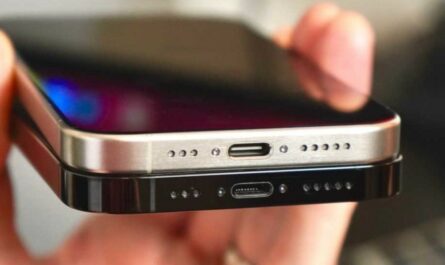Before we continue, I have one more question: What distinguishes a computer from an AI system? Is it merely the capability to perform duties powered by AI? To locally execute LLMs? Is it a fundamental matter? Does the capability of operating any type of artificial intelligence or machine learning transform a computer into an AI computer at its core?
At first glance, the question appears straightforward. However, the reality is that we will likely never have a satisfactory response. Nonetheless, calibration remains crucial as we progress further into the year of “AI everything.”
You weren’t overly astonished when Apple humbly proclaimed the new M3 MacBook Air the “World’s Best Consumer Laptop for AI” in a recent press release, assuming you’ve been experimenting at home. Primarily, the designations “consumer” and “laptop” serve to differentiate the new notebooks from other Apple products; one would presume that they are the most advanced AI desktop and laptop, respectively.
According to Apple’s description, it’s not so much that this update inherently transforms the new 13- and 15-inch MacBook Air into an AI juggernaut. However, the implication is that the fundamental components, in the form of the neural engine, have been present the entire time. Although this component has been a longstanding part of Mac silicon, it is frequently eclipsed by the CPU and GPU, which are inherently more comprehensible to both consumers and reviewers.
Comparing the feature’s efficacy in the real world to that of a graphics chip, for instance, is more challenging. However, it is most accurately described as a GPU designed for machine learning. It has been apparent for a while that this will become an ever-more-critical component of routine computing; the emergence of ChatGPT and similar technologies has emphasized this point for a great number of consumers.
So, what is an “AI laptop” anyway?

Apple’s heavy reliance on the zeitgeist concept is comparable to how Samsung marketed the S24 as the first “AI phone” in the industry and how Google called the Pixel 8 Pro “the first smartphone with AI built in” a year ago. While primarily marketing concepts, they serve as a reliable indicator of the industry’s overall direction.
For many, the abrupt proliferation of generative AI has converted artificial intelligence from something abstract and theoretical to something concrete and tangible. Everyone naturally desires a portion of it. Apple will likely invest even more significantly in the concept when the iPhone 16 is released later this year. Machine learning has been a significant component of functionalities such as computational photography for a considerable period of time.
However, Apple is unable to tell precisely the story it wishes to tell at this time. Presently, the company’s generative AI story is one of delayed gratification. Tim Cook pledged “groundbreaking innovation” in the field of generative AI during the company’s most recent quarterly earnings call, adding, “We remain committed to devoting a substantial amount of time and effort to this endeavor, and we are eager to disclose the specifics of our ongoing progress in that domain in the latter part of this year.”
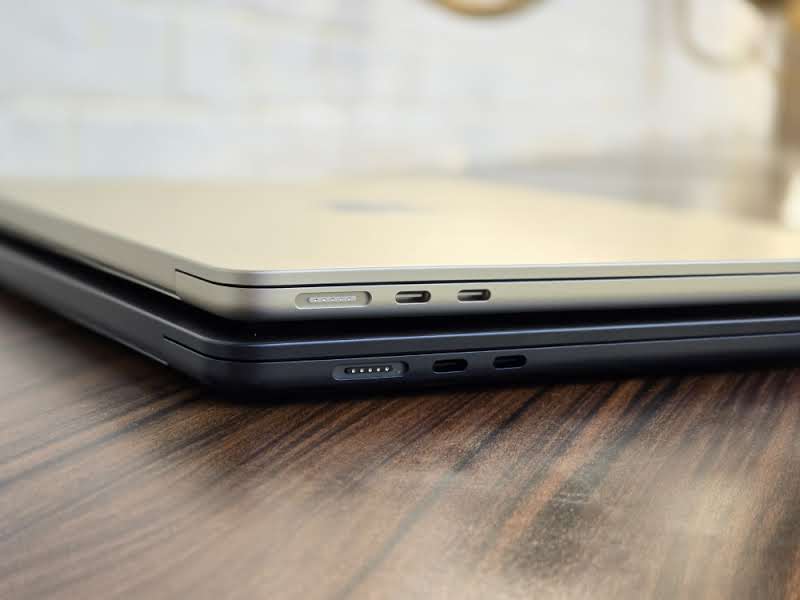
Undoubtedly, Apple is making substantial investments in the sector, even repurposing former members of its unsuccessful automotive team to work in the industry. Apple, notwithstanding its present competitive advantage, can at least attribute its current success to its hardware. A portion of this is presumably attributable to the reality that the new Airs do not constitute revolutionary hardware. They are rather revisions utilizing relatively new silicon.
Such is to be anticipated. The Mac line has undergone significant evolution in the last four years. All of that effort culminated in the Air models of the previous year in magnificent fashion. It goes without saying that they are the finest consumer laptops ever produced by Apple. Whether you lean towards a particular operating system or not, it would not be an exaggeration to name them the best laptops for the majority of individuals. Certain “pro” features have been sacrificed for the sake of weight and size for quite some time, but the vast majority, if not all, of them are features that the average consumer will not even notice they are lacking.
Mainstreaming the Air
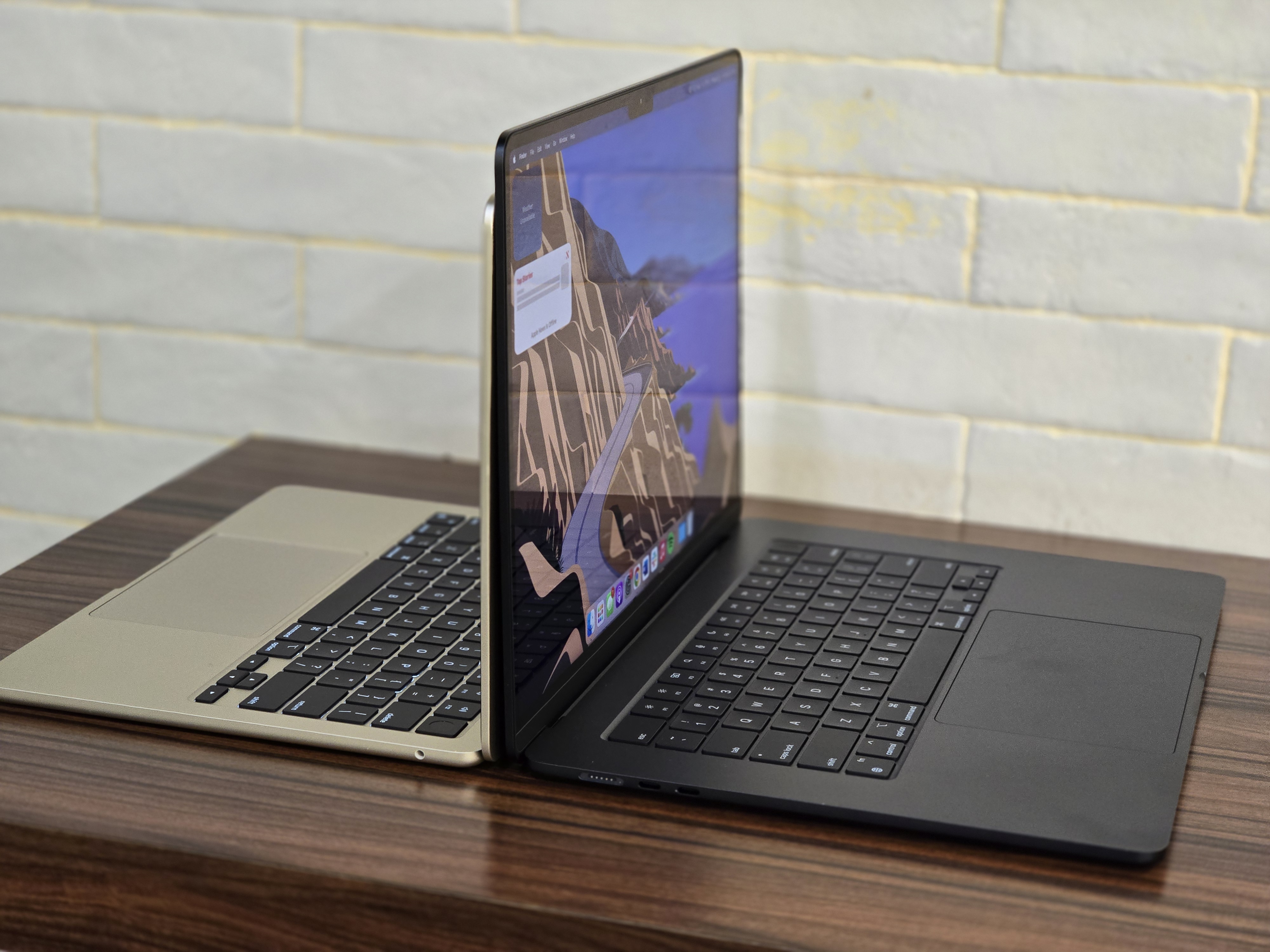
Apple’s progress on first-party silicon via the M line of processors, in addition to lessons learned from previous errors such as faulty keyboards and the largely non-functional Touch Bar, significantly influenced the 2023 Air. The final product resembled the MacBook that so many of us had long desired: it was potent and lightweight, with an excellent battery life and a reasonable (in Mac terms) price point, beginning at $1,099 for the 13-inch model and $1,299 for the 15-inch model. In contrast, the Pro has become more of a niche product due to the Air’s replacement of the conventional MacBook as the predominant model among most users.
I consider my profession as a professional writer to be relatively creative. Weekly, I produce and edit recordings in addition to the sporadic uploading of videos. This position allows me to test a variety of laptops, but I keep returning to the Air. Alongside some newly discovered degenerative back issues, my frequent business travel undoubtedly influences the technology I select.
In my opinion, the 15-inch model strikes an elegant equilibrium between portability and screen size. It weighs only 3.3 pounds, which prevented it from feeling like a burden during my entire week at Mobile World Congress. Additionally, it fits comfortably in the seatback compartment (don’t tell the Delta flight attendant).
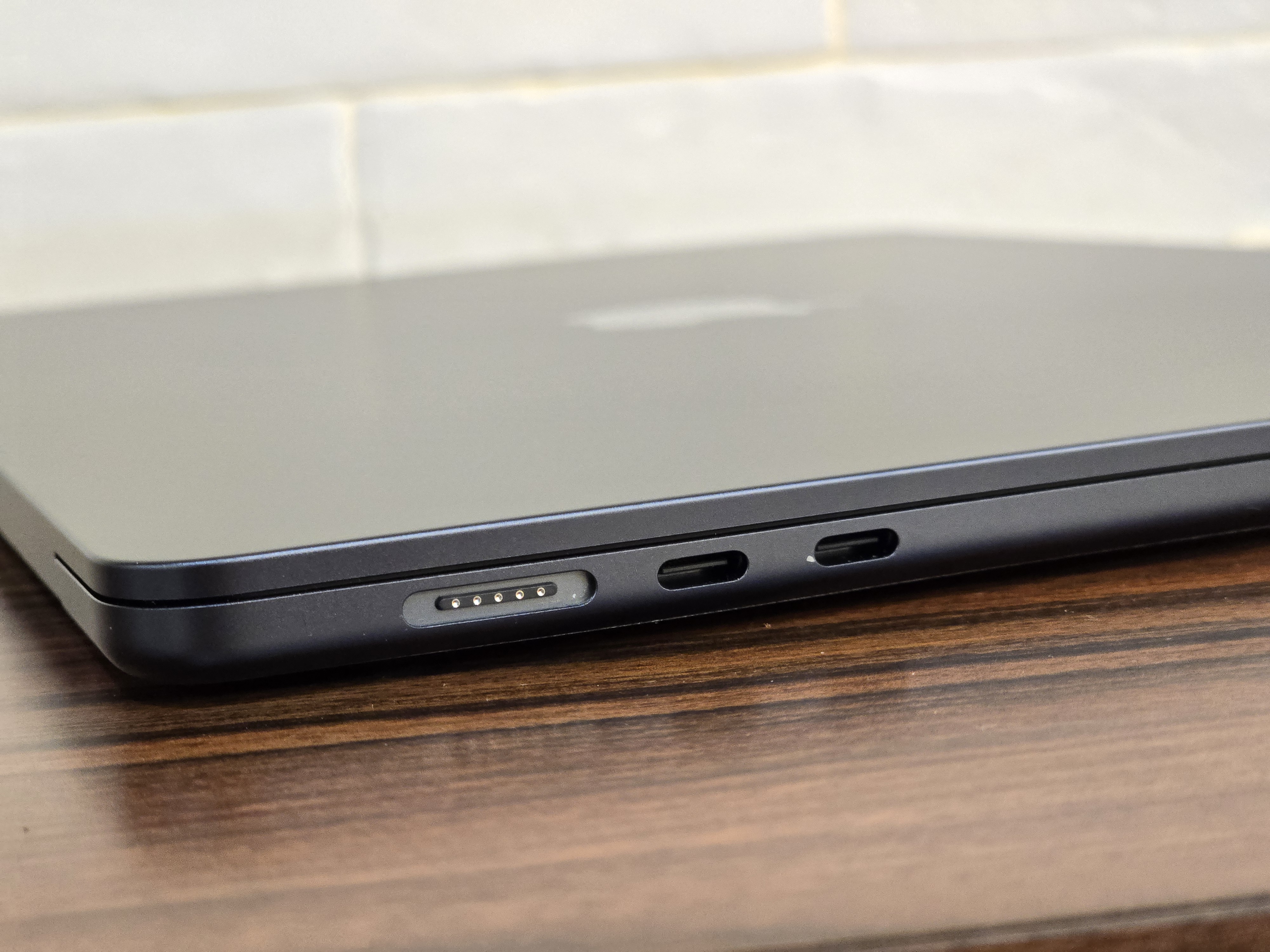
In all honesty, there are only two items that cause me to miss the Pro. The first issue is with the port. Alongside the MagSafe connector are a pair of USB-C/Thunderbolt 3 interfaces on both Air models. Occasions arise when the situation becomes convoluted, causing me to lament the three ports on the 16-inch Pro. That does not suffice to convince me to transfer. Additionally, there are no instances in which I long for an SD card port. Dongles are an annoyance, but they are an unavoidable aspect of life in Apple Land today. Nevertheless, I believe I would be relating an entirely different narrative if I consistently employed an SLR camera.
The port calculation is now highly variable based on your home or office configuration. I am in the fortunate (or naive, perhaps) position of owning a desktop computer at home. Similar to the Pro models, this is likely excessive for the majority, if not all, considering (1) the price and (2) the M3 chip’s capability to support two external monitors.
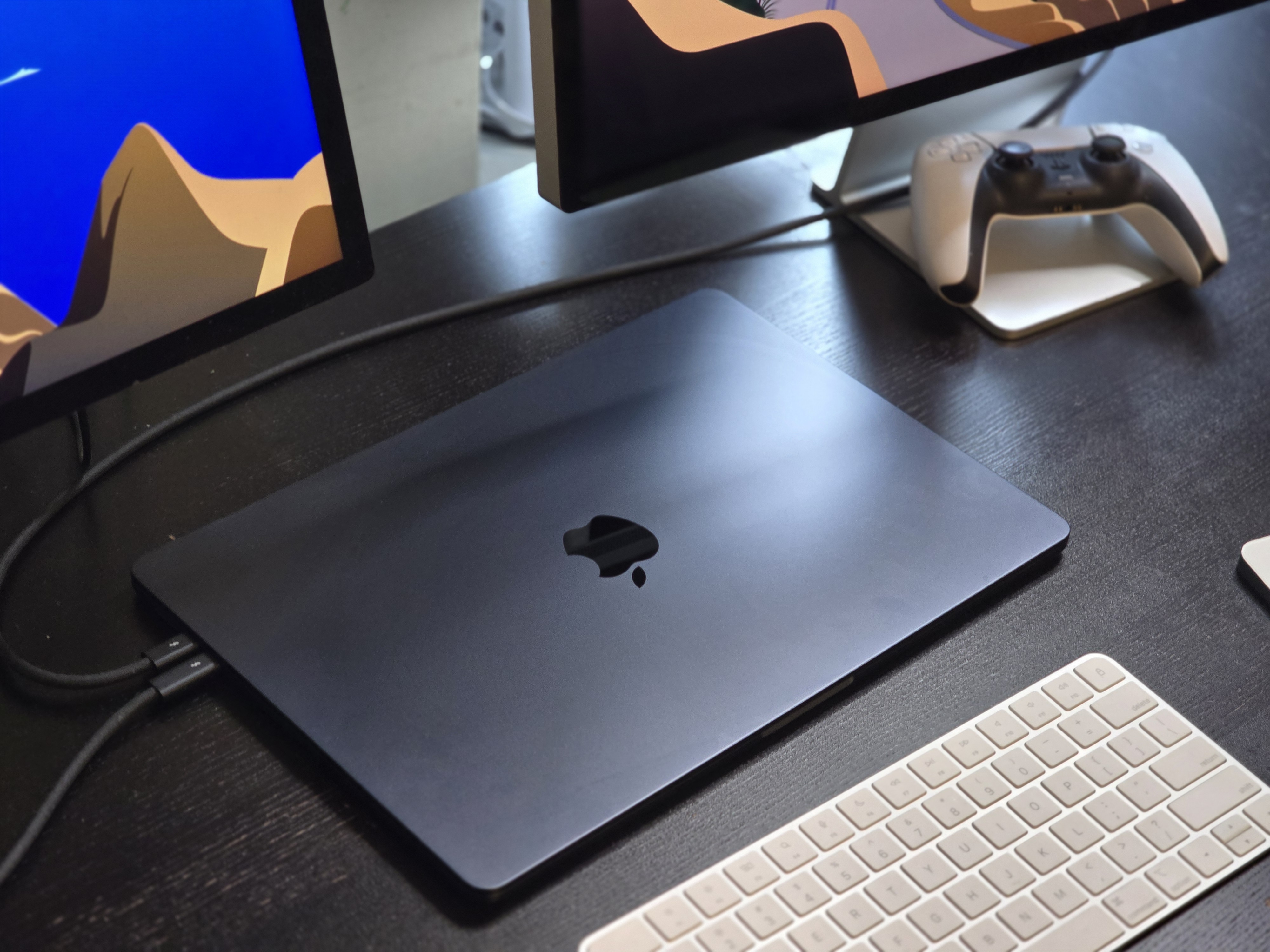
Although the iPad may have reduced Mac’s market share among casual users, as the strength of laptops has increased, many no longer require a dedicated desktop. A device with such versatility can be transported across international borders, brought back home, and docked into two external monitors. Concerning the Studio Display, the procedure consists solely of securing the laptop hood and connecting to the Thunderbolt interface. Beyond that, minimal configuration is required; consequently, an abundance of surface area and a variety of unoccupied connections on the backs of the monitors become available.
Considering the performance and capability of the standard M3, there is essentially no reason not to. One of the greatest paradoxes of Apple’s silicon is as follows: As basic power increases, high-end devices become increasingly specialized in the eyes of the majority of users.
Gaming is the only genuine exception to all of this. Apple has largely disregarded the $300 billion-plus industry for the duration of the Mac’s existence, although the company would never have admitted it. Despite having a brief lead, Apple ultimately lagged behind its competitors and was surpassed by the industry. For several decades, Mac gaming appeared to be a doomed cause. In order to engage in more complex games than solitaire, one would typically invest in a Windows computer or console. This does not mean that Apple has surpassed Windows in any significant metric (the gaming library is still lagging behind), but the company has at least reestablished itself in the minds of those interested in future endeavors beyond mobile through the development of first-party silicon, Metal, and the iPhone.
If your primary motivation is to engage in gaming, a Mac is probably not at the top of your list. Nevertheless, if AAA gaming constitutes only a small portion of your overall computer requirements, it is reasonable to satisfy that urge. While it is accurate to say that the macOS library is still inferior to that of Windows, Apple has initiated efforts to rectify this by incorporating timely releases from prominent studios.
Erring on the side of Air
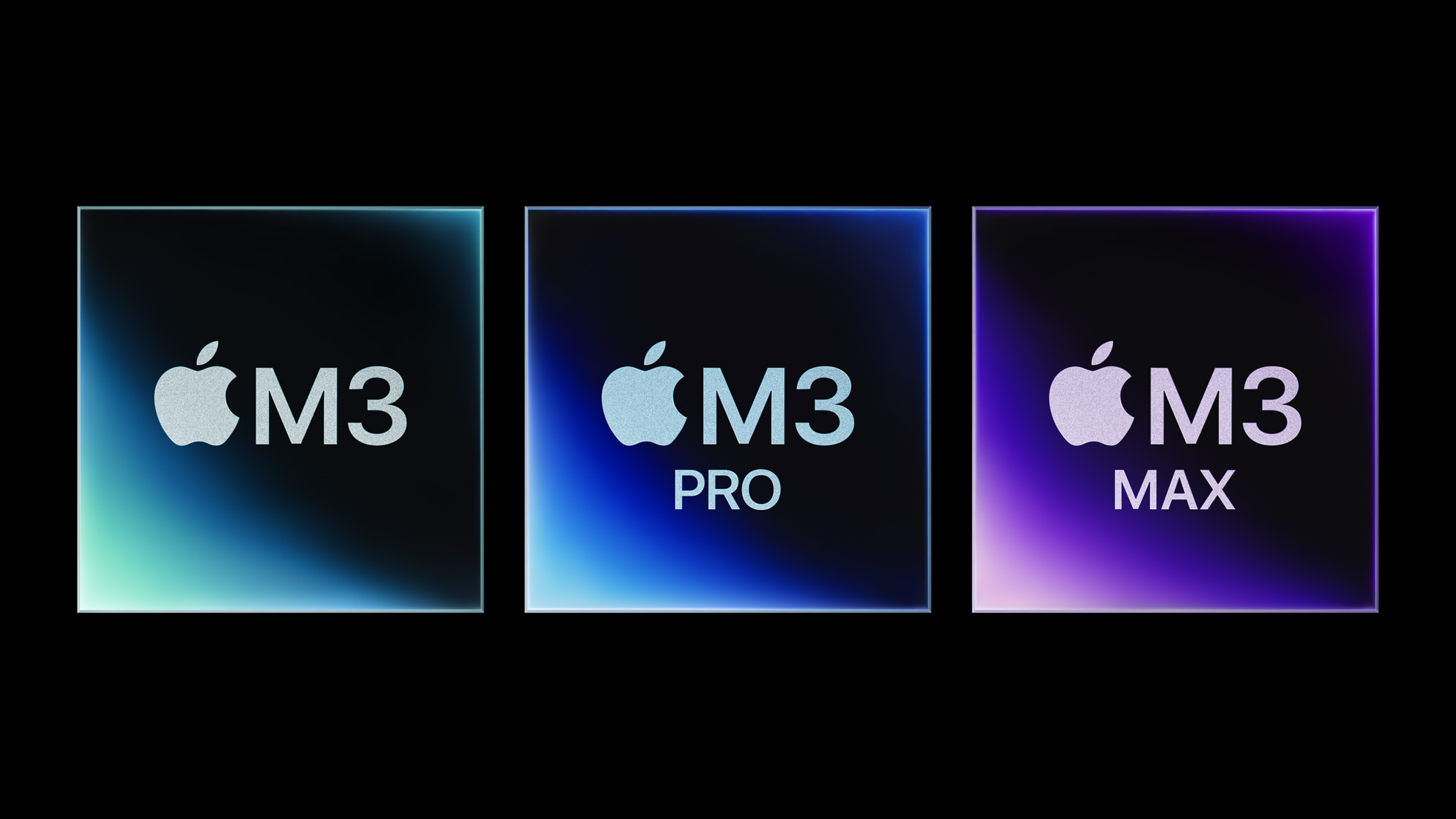
As part of Apple’s “Scary Fast” event (remember, it was the day before Halloween) last year, the M3 was released. In contrast to its customary pattern of silicon release, the organization simultaneously unveiled three iterations: the M3, M3 Pro, and M3 Max. Increasing production and the persistent supply chain challenges that have persisted for the past four years appear to have had a detrimental impact on the release schedule.
The M3 was allocated to the base model for a redesigned 24-inch iMac, whereas the M3, Pro, and Max were given to new MacBook Pros. A 16-core neural engine, an 8-core CPU, and an 8-core GPU (upgradable to a 10-core model) comprise the base M3. 8GB of RAM is standard on both the 13- and 15-inch configurations, with the capacity to be expanded to 24GB. Similarly, the 256GB storage capacity increases to 2TB.
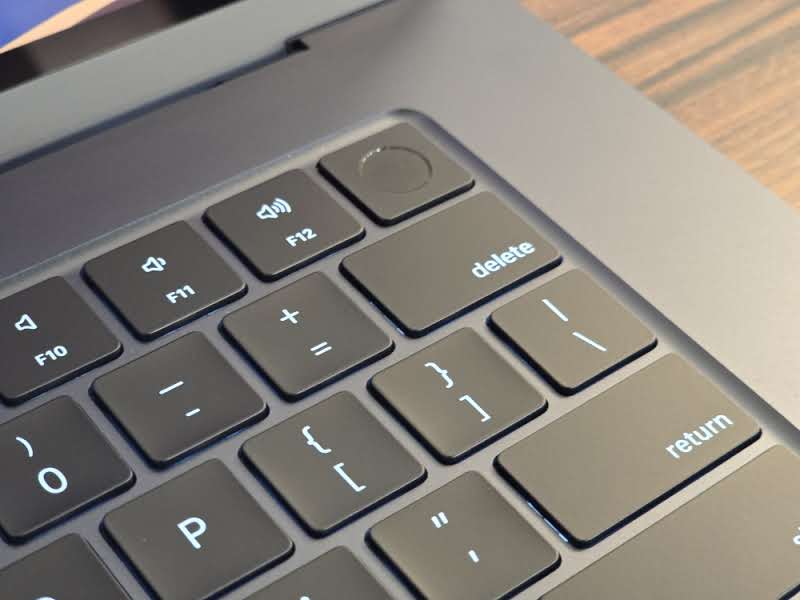
With the exception of the display sizes (13.6 and 15.3 inches, respectively) and initial prices, the two machines are essentially identical. This much was evident the year before, when the 15-inch model with the same M2 processor was unveiled, several months after the 13-inch. As expected, this simultaneous announcement places both models on the same refresh cycle.
The extremely narrow gap between the 15-inch Air and 14-inch Pro is even more pronounced. The specifications are nearly identical, with the exception of the battery life, which is listed at 22 hours compared to 18 hours for the Air models (a broader, heavier machine provides more maneuverability). Additionally, the Pro features a Liquid Retina XDR display, which occupies a smaller amount of screen space (3024 x 1964 pixels) than the Air’s 2880 x 1864.
It is difficult to suggest the base Pro instead of the Air. However, the calculation alters should you decide to upgrade to the M3 Pro. Additionally, you will need to consider the (ironically) lack of fans on the Airs, which means there will be a thermal blockage as soon as you begin to exert significant force on the machine. Apple, on the other hand, emphasizes how challenging it is to activate the fan while using the Air, so the majority of users will not be inconvenienced by its absence for the most part.
Still the best MacBook for most
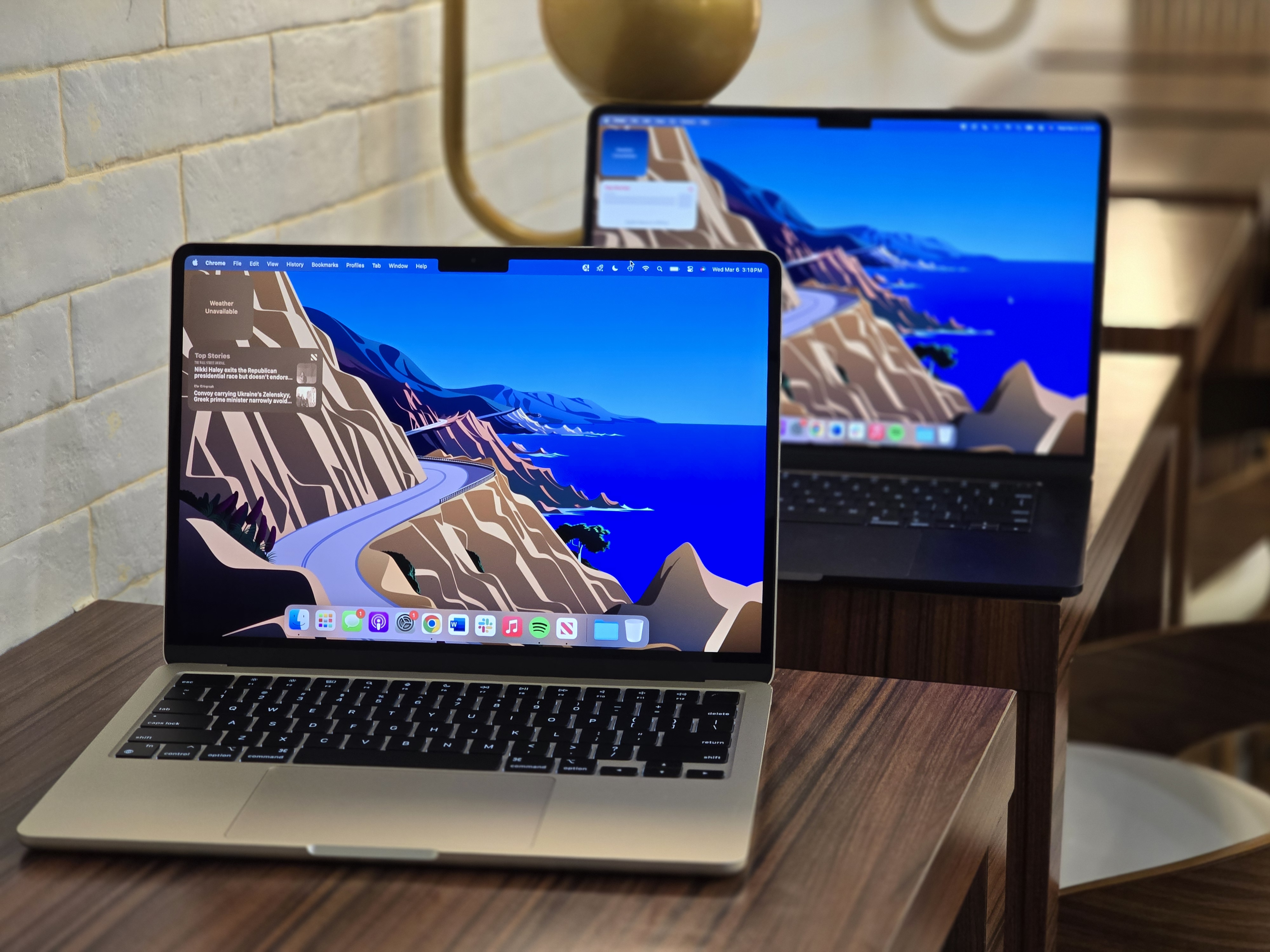
When it debuted a year ago, we proclaimed the 13-inch MacBook to be the finest for the majority of users. Subsequently, the 15-inch model emerged as the sole genuine contender, and it has transitioned into my daily vehicle. The Air succeeded the standard MacBook as the preeminent mainstream device, and as it has thrived, Pro variants have progressively receded to the periphery. The upgraded processor is the only significant modification, rendering the 2024 model essentially a refresh.
This is predictable within the realm of consumer electronics. Apple’s 2023 Air is the preeminent MacBook ever produced. It was an ideal convergence of robust silicon, astute industrial design, and insights gained from recent setbacks in hardware. Given everything that transpired, the company’s decision to adhere to the formula in this instance was ultimately for the best. The entire claim of being the “World’s Best Consumer Laptop for AI” is purely promotional. Intel made a similar assertion regarding its new Meteor Lake processors at the end of last year.
Generative AI is presently accessible to the majority of contemporary laptops and smartphones, or, at the very least, functional. As of now, the discourse predominantly revolves around ensuring that systems are prepared for forthcoming significant advancements. Apple is undoubtedly considering it, as the company prepares to unveil its initial significant announcements on the subject later this year (WWDC in June seems like an ideal moment to do so).
Considerable progress has been achieved in the market penetration of generative AI. While the practicality of these platforms on a daily basis is an entirely different matter, optimizing their performance will require powerful hardware, and the new Airs satisfy that requirement. The capability to execute large language models (LLMs) locally is novel, but the vast majority of users will continue to rely on cloud-based processing when employing these models.
Programmers with a strong desire to get started will probably be considering Pro models and other high-end computers. However, the Air remains the finest MacBook in the eyes of the majority of consumers, and it’s not even close.


